Sale!
Description
A choropleth map is a type of statistical thematic map that uses pseudocolor, meaning color corresponding with an aggregate summary of a geographic characteristic within spatial enumeration units, such as population density or per-capita income.
Choropleth maps are widely used in various fields for visualizing spatial data. Here are some common uses:
- Demographics: Choropleth maps can represent demographic data such as population density, age distribution, income levels, education levels, etc. This helps in understanding the characteristics of different regions.
- Election Results: They are frequently used to visualize election results, showing voting patterns across different geographic areas. This can include maps showing which political party won in each region or the percentage of votes received by each candidate.
- Healthcare: Choropleth maps can display health-related data such as disease prevalence, vaccination coverage, healthcare access, etc. This helps in identifying areas with higher health risks or disparities.
- Economic Indicators: They are used to represent economic data such as GDP per capita, unemployment rates, poverty levels, etc. This aids in identifying regions with economic prosperity or challenges.
- Environmental Studies: Choropleth maps are utilized in environmental studies to show data related to pollution levels, deforestation rates, biodiversity hotspots, climate change impacts, etc. This helps in understanding environmental trends and patterns.
- Urban Planning: Urban planners use choropleth maps to visualize data related to infrastructure, land use, transportation networks, crime rates, and other factors influencing urban development.
- Education: Choropleth maps can display educational data such as literacy rates, school enrollment rates, academic achievement levels, etc. This assists in identifying areas with educational needs or successes.
- Market Analysis: They are used in market analysis to visualize consumer behavior, market penetration, sales data, and other market-related metrics across different regions.
- Natural Disasters: Choropleth maps can show data related to natural disasters such as earthquake risk, flood susceptibility, wildfire frequency, etc. This aids in disaster preparedness and response planning.
- Tourism: In the tourism industry, choropleth maps can represent tourist arrivals, accommodation occupancy rates, popular tourist destinations, etc. This helps in tourism planning and marketing strategies
Purpose of choropleth :
Only logged in customers who have purchased this product may leave a review.

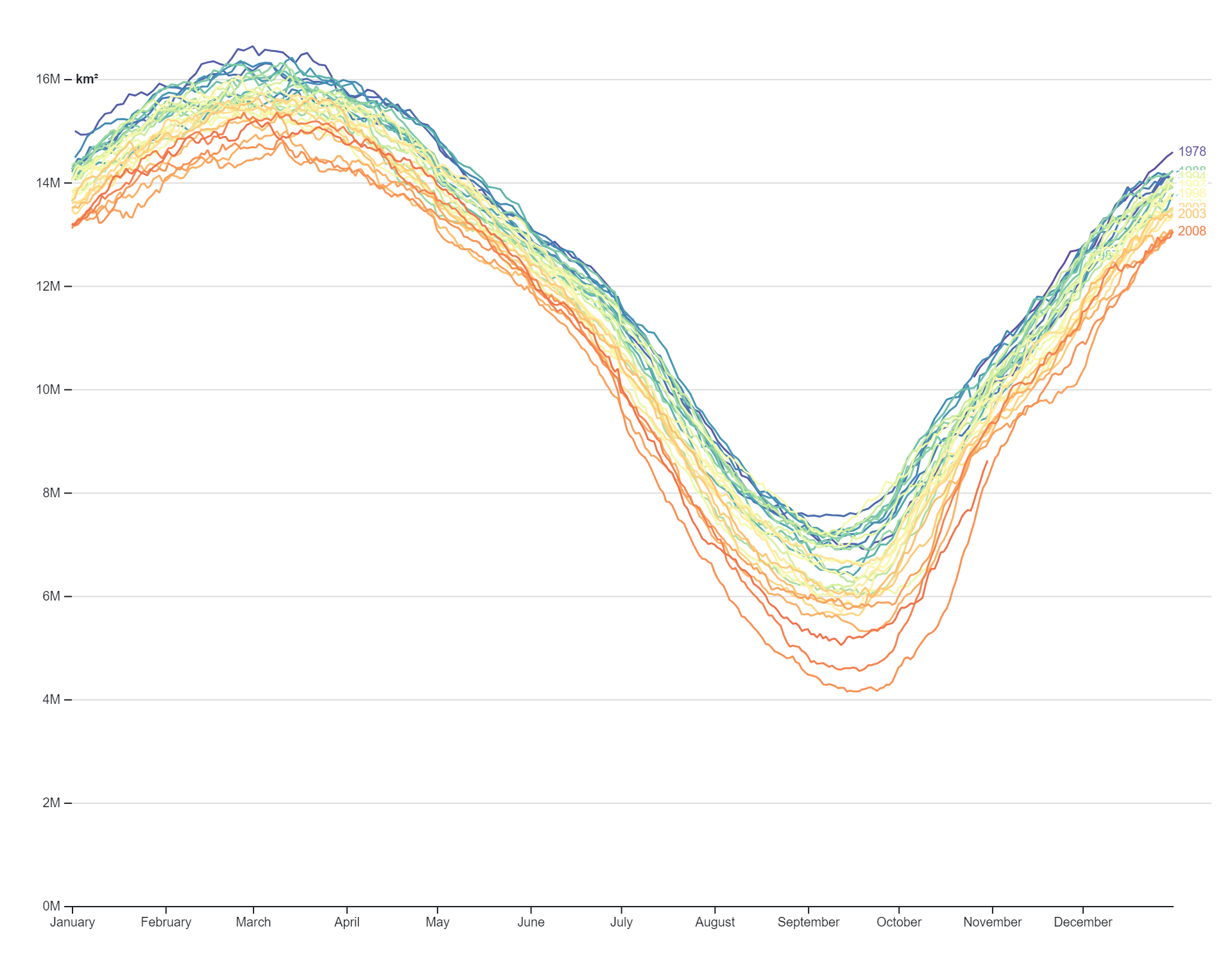
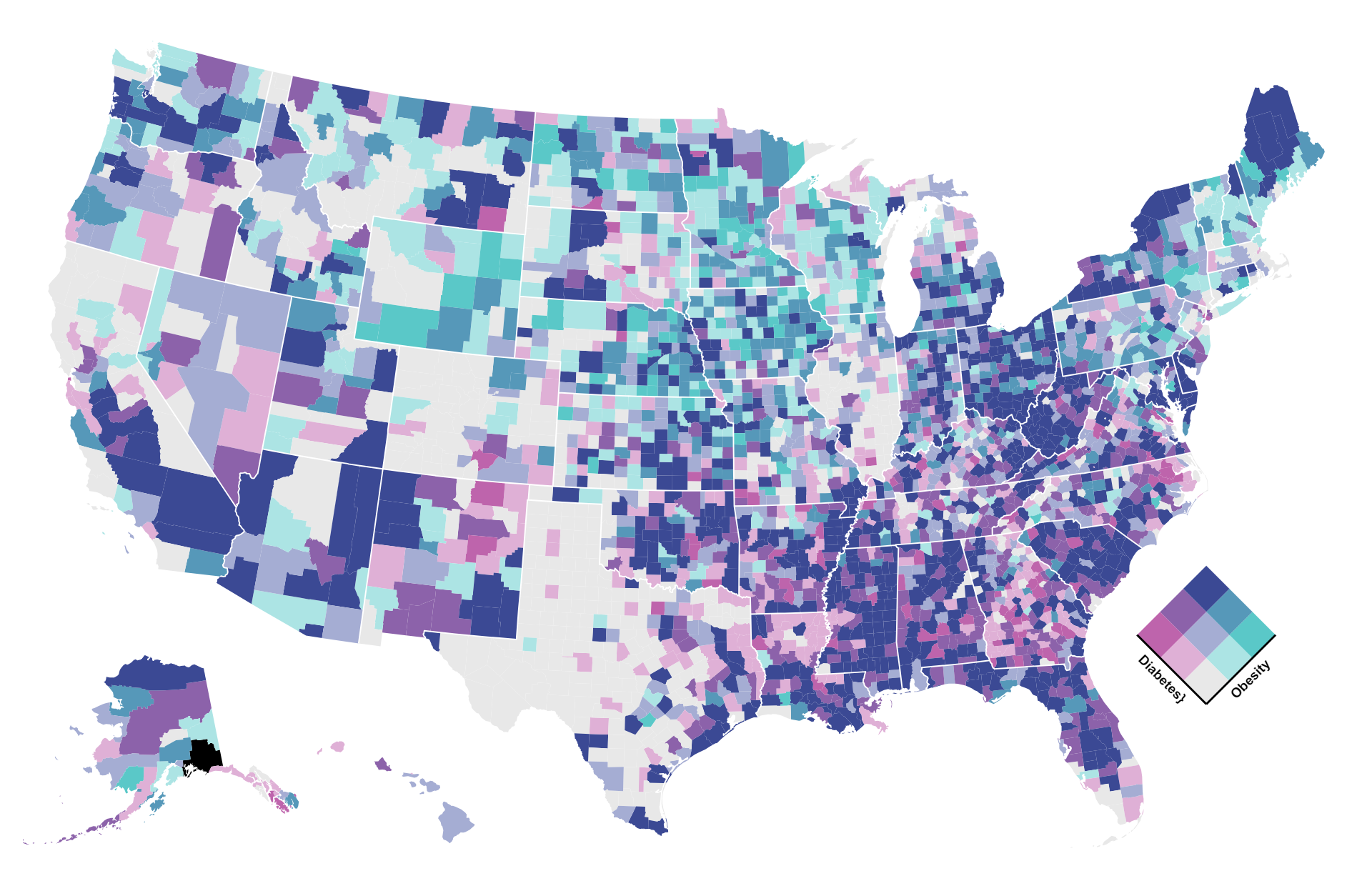

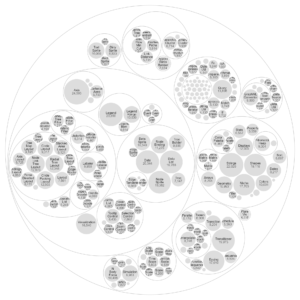
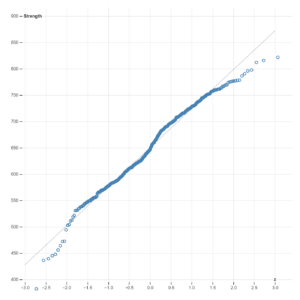
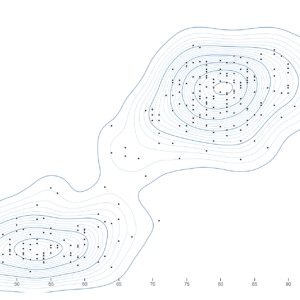
Reviews
There are no reviews yet.